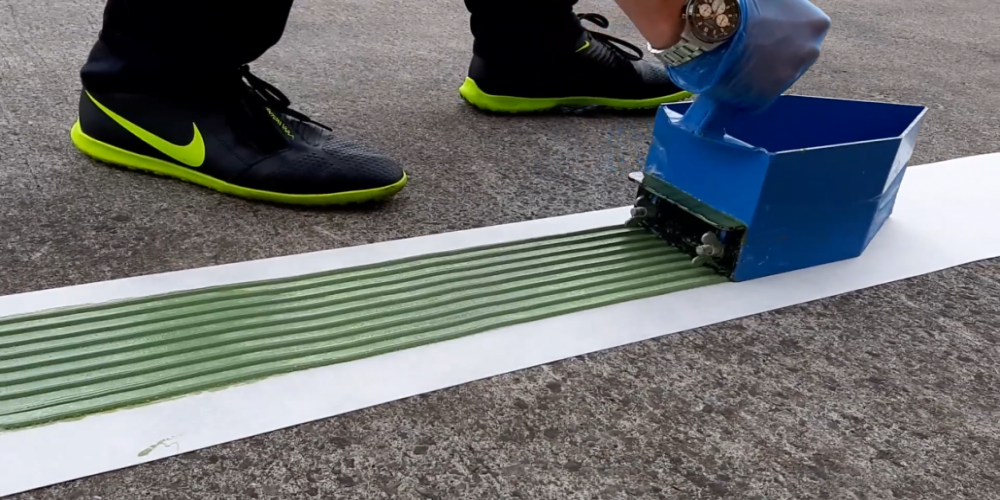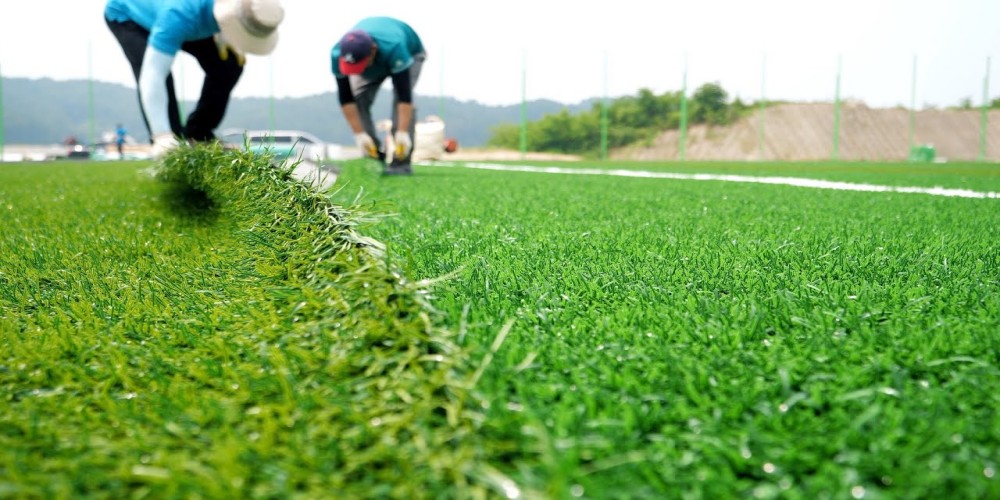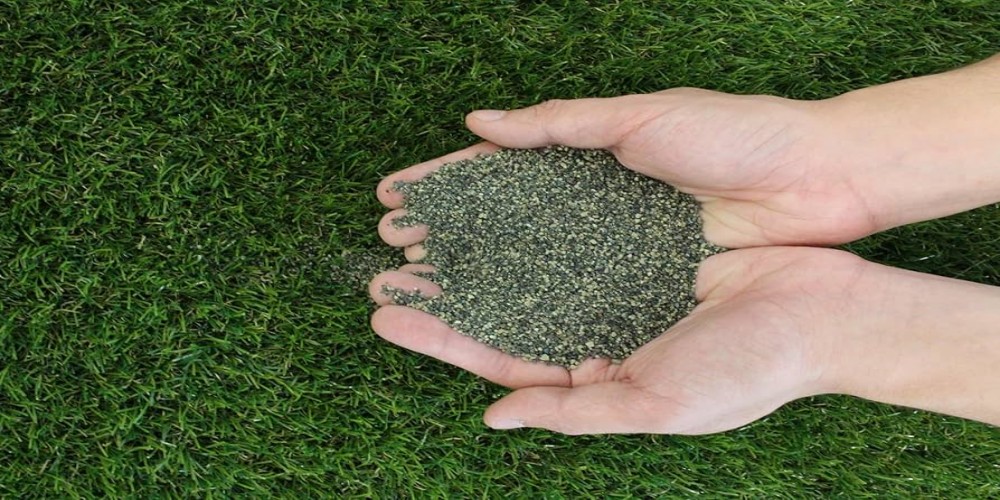News Center
Shandong Zhensure New Materials Technology Industry Co., Ltd.
Choosing artificial grass for your sports field, landscape, or recreational area is a significant decision that promises year-round beauty and low maintenance. However, a successful installation depends on understanding the core principles behind synthetic turf systems. At Zhensure, we are a leading Chinese factory specializing in high-performance artificial grass, and we believe an informed client is our best partner. This article addresses some of the most common technical questions to ensure your project delivers optimal drainage, durability, and playability.
A key principle in artificial grass installation is effective drainage. The turf backing is not fully glued to the base to allow for efficient water runoff. The gaps between the turf sections and the base create channels for water to escape, preventing puddling and waterlogging. The weight of the infill materials (sand and rubber) is more than sufficient to hold the turf firmly in place, preventing displacement during use.

You might wonder why turf rolls need a 2-centimeter overlap during installation. This is primarily for aesthetics. During the tufting process, there can be minor deviations in the needle placement. Without this overlap, some seams might appear with sparse fibers, making them visible and detracting from the field's uniform appearance. The overlap guarantees a lush, seamless look.

We strongly recommend using quartz sand. Its high silica content makes it harder and more durable than river sand. Under frequent friction from play, quartz sand resists breaking down into powder, which helps prevent the infill from compacting and hardening. This maintains the field's excellent sports performance over time. Furthermore, the granular shape of quartz sand creates tiny gaps that further enhance the drainage system.
If quartz sand is difficult to source, washed river sand with a mud content below 5% can be used as an alternative. The grain size should be uniform, around 20 mesh, and screened to remove impurities like small shells.
The amount and type of infill are critical. Quartz sand provides ballast, enhances foot feel, and helps the grass fibers stand upright. Too little sand leads to excessive fiber matting, while too much will bury the fibers and reduce the amount of rubber granules, negatively affecting the field's performance and safety. Similarly, the sand granule size is crucial; if too fine, it causes compaction, and if too large, it becomes difficult to inject and may float atop the rubber granules.

Rubber Granule Washaway: It's normal for a minimal amount of rubber granules to be displaced by heavy rain immediately after installation. The infill is not yet fully compacted. After a short period of use, athlete movement will settle the infill, and the upright grass fibers will help lock everything in place, eliminating further loss.
Loose Grass Fibers: Some loose fibers on a newly installed football grass pitch often come from the drainage holes melted during production or from trimming during seaming. These are typically removed with a power broom and are not a cause for concern regarding the turf's quality.
Turf Wrinkles: Wrinkles can appear after the rolls are unloaded due to compression during transport. These usually flatten out after exposure to sunlight. For severe cases, minor adjustments can be made during the seaming process.
Perceived Color Difference: A newly unrolled roll may look different from one unrolled earlier because its fibers are completely flattened. The previously unrolled turf has had time for its fibers to stand up, changing how light reflects off the surface. Once fully brushed, the color will be perfectly uniform.
A deep understanding of installation and material principles is the foundation of a high-performing and long-lasting artificial grass field. By paying attention to details like drainage, seaming, and infill, you ensure the project's success. As a trusted manufacturer, Zhensure is committed to providing not only premium synthetic turf products but also the technical knowledge to support our global partners. For a field that looks great and performs flawlessly for years to come, trust the expertise behind the product.
Choosing artificial grass for your sports field, landscape, or recreational area is a significant decision that promises year-round beauty and low maintenance.
When it comes to enhancing your outdoor living area, selecting the right materials for your WPC wall panel and decking is crucial.
A successful and long-lasting WPC decking installation relies as much on meticulous ground preparation as it does on the quality of the materials.
Choosing the right artificial grass for your landscaping projects is crucial to ensure durability, aesthetics, and long-term value.
For professional installers and distributors of WPC decking, understanding the technical nuances of installation is as important as the material quality itself.